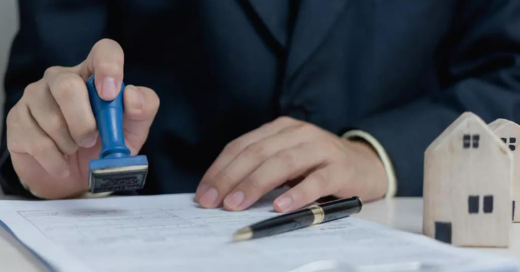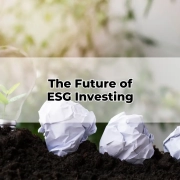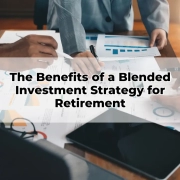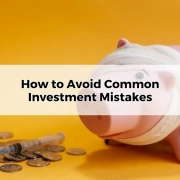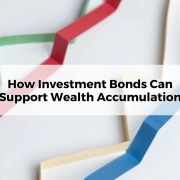How does negative gearing work?
Table of Contents
ToggleDo you have investments in property and are curious about the potential tax benefits? Have you heard of ‘negative gearing’, but aren’t quite sure how it works or if it could be advantageous to your property investment portfolio? If so, this blog post is here to help!
Read on to learn all about negative gearing – a concept that can be a great way to minimise taxable income. Discover and understand what is involved, who qualifies for these deductions, and how they could potentially work in your favour.
What is negative gearing and how does it work?
Negative gearing is a term that you may have heard of in the world of real estate investing. Essentially, it refers to the practice of borrowing money to invest in a property and then claiming any losses that come from the investment as tax deductions.
While it may sound counterintuitive, negative gearing can actually be a savvy financial strategy for those who know how to use it correctly.
By borrowing money at a low interest rate and using it to invest in a high-growth property, you can potentially offset any losses with the significant tax benefits.
However, it is important to note that negative gearing is not without its risks, and should only be attempted by those who have a solid understanding of the real estate market and are prepared to accept the potential downsides.
The benefits of a negatively geared property
Investing in a negatively geared property can offer many benefits for savvy investors.
This type of investment strategy involves borrowing money to purchase a rental property, with the goal of generating rental income to cover the mortgage costs and other expenses.
While it may seem counterintuitive, negative gearing can offer significant tax advantages by allowing investors to deduct the expenses associated with the property, reducing their taxable income. This can result in a significant tax break for investors, allowing them to offset any losses against their other income or future profits.
Additionally, a well-chosen negatively geared property can provide long-term capital gains, resulting in a substantial return on investment.
Overall, while it may not be the right investment strategy for everyone, savvy investors who are willing to take a long-term view can reap significant rewards from a negatively geared property.
How to determine if you’re eligible for negative gearing?
While negative gearing can lead to tax benefits, it’s not suitable for everyone.
To determine if you’re eligible for negative gearing, you need to consider several factors, including your income, expenses, and future expectations.
It’s important to seek professional advice from a financial advisor or accountant before taking any action. By doing so, you can make an informed decision that aligns with your financial goals.
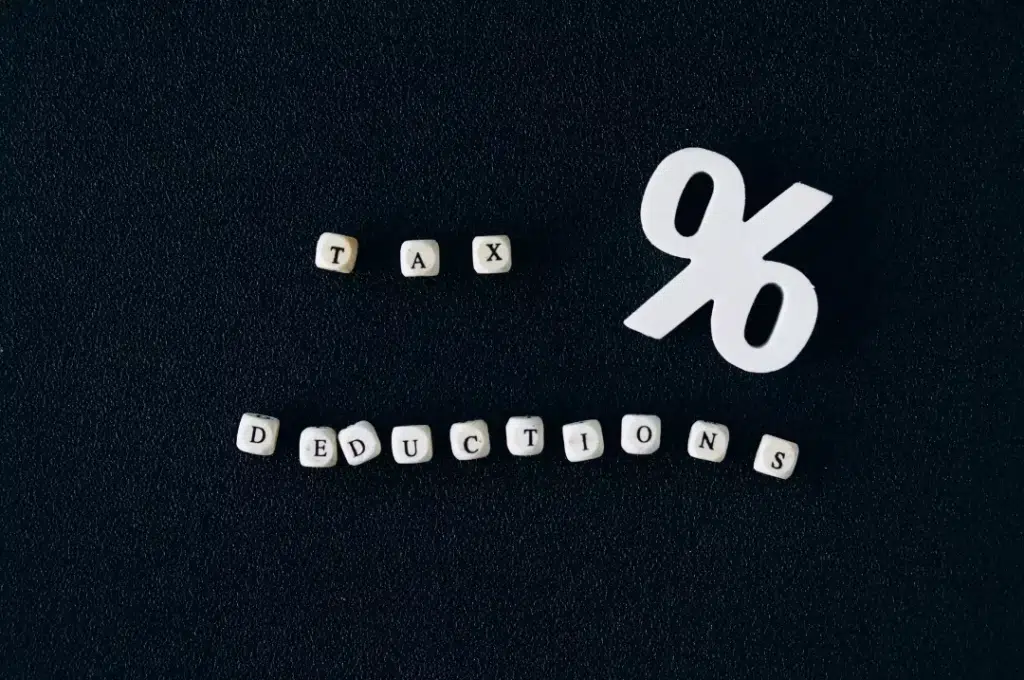
Tax implications of negative gearing
When it comes to negative gearing and tax implications, it’s important to have a clear understanding of the rules and regulations.
Negative gearing is when the cost of owning an investment property, such as interest on the loan and maintenance costs, outweighs the rental income it generates. The tax implications of negative gearing mean that you can deduct the losses from your taxable income, reducing your overall tax bill.
However, it’s not always straightforward, as there are limits and restrictions on what you can claim.
It’s important to seek professional advice and do your research to ensure you are maximising your tax benefits while staying within the guidelines set by the Australian Taxation Office.
Using negative gearing with other investment strategies
Negative gearing is one investment strategy that has been gaining traction lately.
When used in conjunction with other investment strategies, such as diversification and long-term investing, negative gearing can help to reduce your overall tax bill and increase your potential returns.
While it may seem daunting at first, negative gearing simply involves borrowing money to invest in assets with the expectation of making a profit from the asset’s income and capital gains.
When choosing to use negative gearing as a strategy, it’s important to seek professional advice and thoroughly research the investment before committing.
By combining negative gearing with other strategies, investors can potentially optimise their portfolio for maximum growth and success.
Risks associated with investment property negative gearing
Negative gearing can be a tempting prospect for property investors seeking to reduce their taxable income, but it’s important to understand the potential risks associated with this strategy.
When a property is negatively geared, the rental income it generates is less than the costs associated with owning and maintaining it – meaning the investor must cover the shortfall. This can put a strain on finances and limit cash flow, particularly if interest rates rise or the property market experiences a downturn.
Furthermore, if the property fails to increase in value over time, the investor could be left with a sizable loss when it comes time to sell.
It’s essential to approach negative gearing with caution and carefully consider the potential risks before entering into an investment.

Ways to minimise risks with negative gearing investments
Investing is a great way to build wealth and secure your financial future, but with any investment, there are always risks.
Negative gearing may be a viable option for some investors, but it’s important to take steps to minimise potential risks.
One key way to do this is by thoroughly researching the property and the market before investing. You’ll want to consider factors such as vacancy rates, rental demand, and potential capital growth.
It’s also important to have a solid financial plan in place and to ensure that your overall investment portfolio is diversified.
While there are no guarantees in investing, taking these steps can help you better manage the risks associated with negative gearing investments.
What is positive gearing and how does it work?
Positive gearing is a property investment strategy where the rental income from an investment property outweighs the costs associated with owning it. This means that the owner is receiving more money in rent than they are paying in interest repayments, maintenance costs, and other expenses.
Positive gearing can be achieved by choosing a property with a high rental yield or by using a low-interest loan to finance the purchase.
The benefits of positive gearing are numerous, from generating passive income to building wealth over time.
However, it is important to carefully consider the risks and rewards before embarking on a positive gearing strategy.
With proper research and planning, positive gearing can be a lucrative option for property investors.
How is positive gearing different to negative gearing?
When it comes to property investing, positive gearing and negative gearing are two terms that often get thrown around.
Essentially, positive gearing means that the rental income you receive from a property is greater than the expenses associated with owning it, resulting in a profit. On the other hand, negative gearing occurs when the rental income is less than the expenses, and therefore the owner makes a loss.
While negative gearing can have some tax benefits, positive gearing can provide a more secure cash flow and may even offer the potential for capital growth.
Ultimately, the decision to positively or negatively gear your investment property will depend on your goals, financial situation, and the current state of the property market.
Benefits and tax considerations of positive gearing
There are several benefits to positive gearing, including the ability to earn additional income, build equity over time and potentially offset the costs of financing the property.
However, it’s important to consider the tax implications of positive gearing as well. While the additional income can be attractive, it may also push you into a higher tax bracket, increasing your overall tax liability.
It’s essential to work closely with a professional tax advisor to understand the potential tax consequences of your investment choices and make informed decisions about your financial future.
Positive or negative gearing - which option is best for you?
When it comes to property investment, one of the most important decisions you’ll make is whether to use positive or negative gearing.
Positive gearing can provide regular income and potentially reduce your overall tax burden, while negative gearing may lead to short-term losses but potentially larger long-term gains.
Before making a decision, it’s important to consider your personal financial situation, investment goals, and tolerance for risk.
Working with a trusted financial advisor can help you weigh the pros and cons of each option and determine which is best for you.
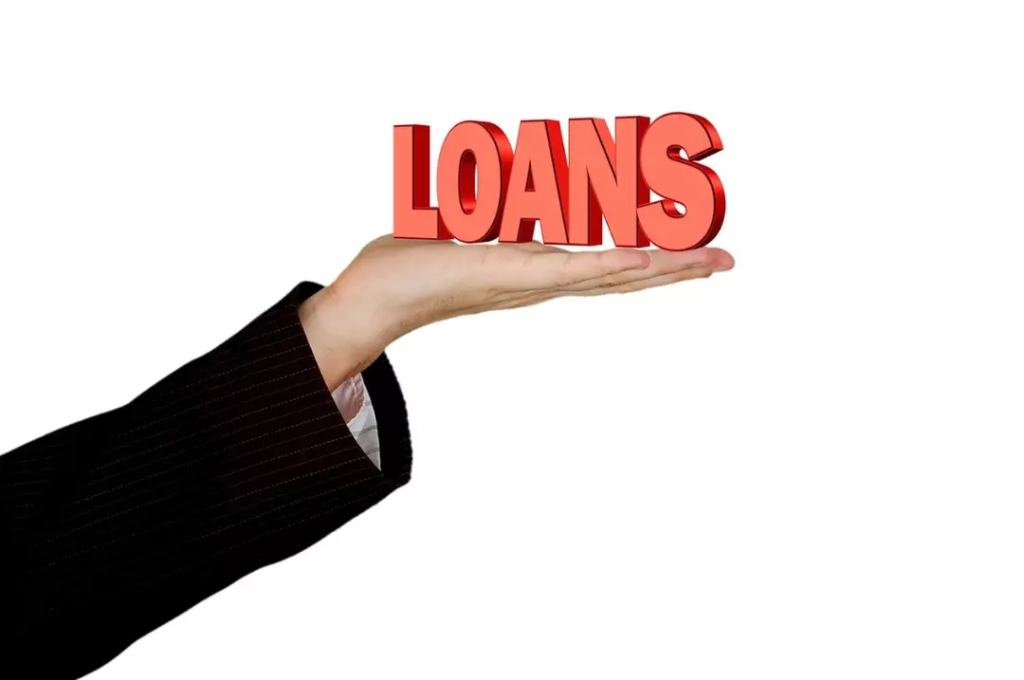
Negative gearing and positive gearing are great strategies for those who are looking to create financial security and wealth from investment properties.
Taking the time to research your options is essential. Understanding what each option offers and the potential benefits is crucial in order to make sound investment decisions.
It’s important to remember that there isn’t a single answer as to which type of investment strategy will work best for you – positive or negative gearing – as it depends on your individual financial position, goals, tax situation and other factors.

